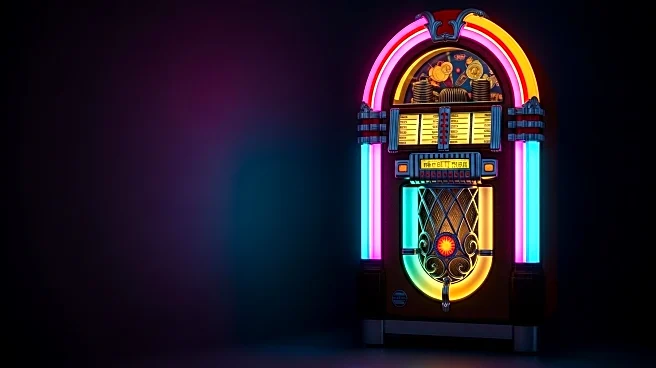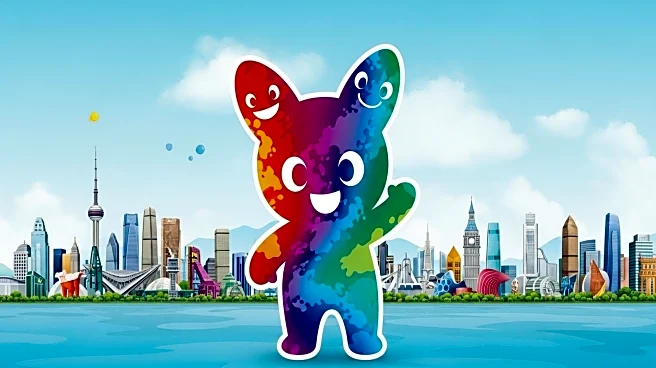What's Happening?
Video essays on YouTube have emerged as a significant cultural phenomenon, blending dense political ideas with pop culture references. Creators like Hbomberguy and ContraPoints have gained substantial viewership, with videos dissecting topics such as intellectual theft and conspiracy theories. These essays, often lengthy and meticulously crafted, offer a mix of philosophical theory, cultural studies, and internet subcultures. The format has grown in popularity, particularly during lockdowns, and is seen as filling a gap in documentary production and educational content. Creators are able to produce ambitious content that rivals traditional broadcast media, attracting audiences who feel underserved by mainstream outlets.
Why It's Important?
The rise of video essays on YouTube represents a shift in how audiences consume and engage with content. These essays provide a platform for marginalized voices, including trans people, queer people, and people of color, who have been excluded from traditional media. The format allows for nuanced discussions and cultural analysis, challenging the prevailing trends of easily digestible content. As streaming services and broadcasters mimic this approach, video essays offer an alternative that prioritizes depth and intellectual engagement. This development highlights the changing landscape of media consumption and the demand for diverse perspectives.
What's Next?
As video essays continue to gain popularity, creators are exploring new platforms like Nebula to maintain creative control and financial independence. The format's success may influence traditional media to incorporate more diverse and thoughtful content. However, creators face challenges such as reliance on advertising revenue and potential censorship. The future of video essays will likely involve balancing artistic freedom with commercial viability, as well as navigating the evolving dynamics of online platforms.
Beyond the Headlines
The success of video essays underscores the importance of independent media in fostering cultural dialogue and challenging mainstream narratives. The format's ability to blend entertainment with education offers a model for future content creation, emphasizing the value of intellectual engagement in a digital age.











